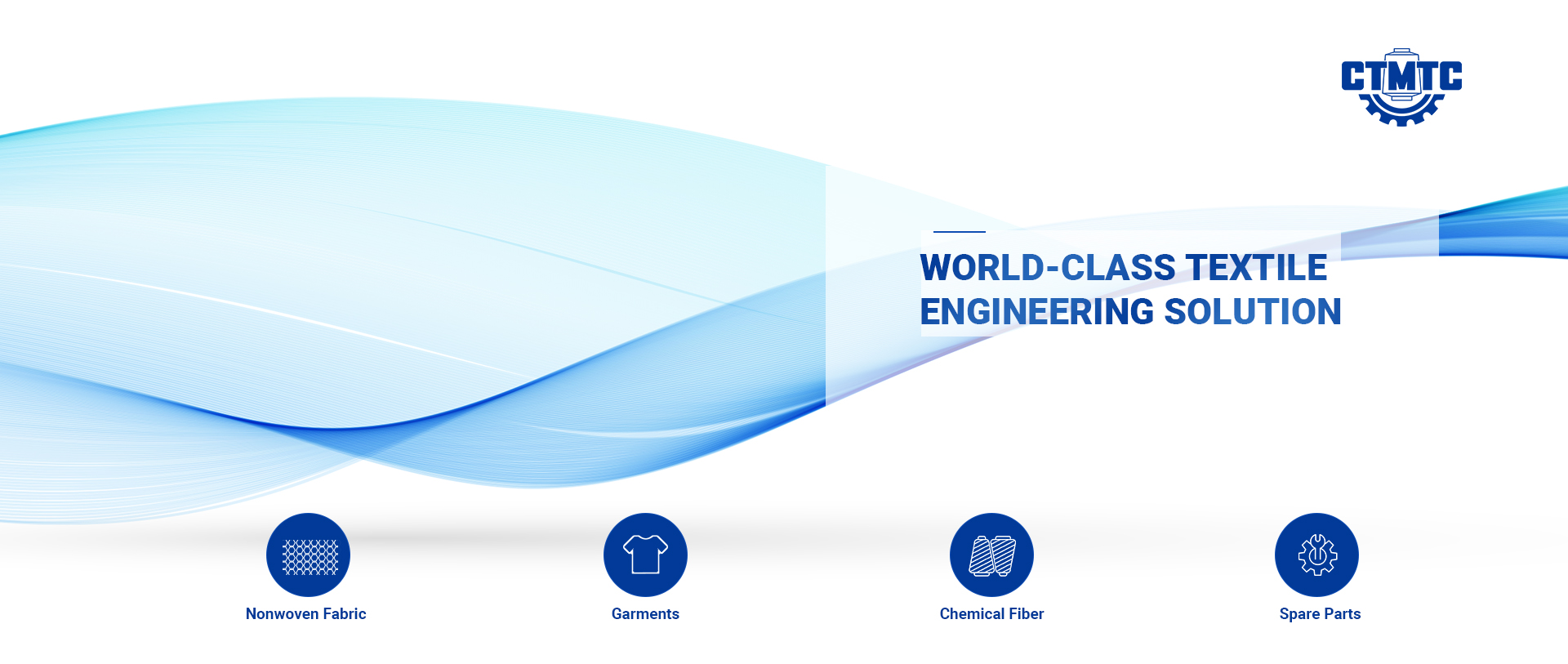What is Filament?
Filament yarn is a type of yarn that is made up of continuous, long fibers or filaments. Unlike spun yarn, which is made by twisting shorter fibers together, filament yarn is created by extruding long strands of fibers from a spinneret, a device that resembles a shower head with many small holes. The filaments are then drawn and twisted together to create a single, continuous strand of yarn.
Filament yarn can be made from a variety of fibers, including synthetic fibers such as polyester, nylon, and rayon, as well as natural fibers such as silk. It can be produced in a range of deniers, which is a measure of the yarn’s fineness, and filament count, which is the number of filaments twisted together to create the yarn.
Filament yarn is often used in applications that require a smooth, uniform appearance, such as in textiles, upholstery, and industrial materials. It is known for its strength and durability, as the long, continuous fibers make it less prone to breakage and wear than spun yarn. The specific properties of filament yarn can vary depending on the type of fiber used and the specific manufacturing process.filament yarn?
The final use of filament yarn?
Here are some common final uses of filament yarn:
Textiles: Filament yarn is commonly used in the production of textiles, such as clothing, upholstery, and bedding. Synthetic fibers such as polyester, nylon, and rayon are popular choices for filament yarn in textiles due to their durability, strength, and versatility.
Industrial applications: Filament yarn is used in various industrial applications such as packaging, ropes, and fishing nets. High-strength fibers such as aramid and polyethylene are often used for these applications due to their high tensile strength and abrasion resistance.
Automotive industry: Filament yarn is used in the production of automotive parts, including seat belts, airbags, and tire cords. High-performance fibers such as aramid and carbon fibers are popular choices for these applications due to their strength, stiffness, and resistance to heat and chemicals.
Electronics: Filament yarn is used in the production of electronic components such as capacitors, resistors, and cables. Metal filaments such as copper and silver are commonly used for these applications due to their conductivity and durability.
How to tell the good filament yarn from bad ones?
There are several factors to consider when determining the quality of filament yarn. Here are some key indicators of good filament yarn:
Fiber quality: The quality of the fiber used to make the yarn is an important factor in determining the quality of the filament yarn. High-quality fibers are typically more uniform in texture and have fewer defects.
Strength: The strength of the filament yarn is important, especially for applications where the yarn will be subjected to stress and strain. Good filament yarn should have high tensile strength and good resistance to abrasion.
Evenness of yarn: The evenness of the yarn is an important factor in determining its quality. A high-quality filament yarn should be evenly spun with a consistent diameter throughout the length of the yarn.
Twist: The amount of twist in the yarn can affect its strength and durability. A good filament yarn should have the appropriate amount of twist to ensure that it is strong and durable, but not too much that it becomes stiff and inflexible.
Color consistency: If the filament yarn is dyed, it should have consistent color throughout the length of the yarn.
Minimal defects: A good filament yarn should have minimal defects such as knots, breaks, or thin spots.
In general, good filament yarn should have high quality fibers, be strong and durable, evenly spun, with appropriate twist and color consistency, and minimal defects. It is important to consider the specific application when selecting filament yarn to ensure that it will perform well under the expected conditions.
Some Specification data of filament yarn?
The specifications of filament yarn can vary depending on the type of fiber used and the specific application. Here are some common specifications for filament yarn:
Denier: Denier is a unit of measurement used to express the fineness of filament yarn. It is defined as the mass in grams of 9,000 meters of yarn. For example, a 100-denier yarn weighs 100 grams for 9,000 meters of yarn.
Filament count: Filament count is the number of filaments that are twisted together to make a single strand of yarn. The filament count can range from as low as 1 filament per yarn to several hundred filaments per yarn.
Tenacity: Tenacity is the measure of the strength of filament yarn. It is expressed in grams per denier (g/denier) and indicates the amount of force needed to break the yarn.
Elongation: Elongation is the measure of how much the yarn stretches before breaking. It is expressed as a percentage of the original length of the yarn.
Lustre: Lustre refers to the sheen or shine of the filament yarn. Some fibers such as rayon have a natural lustre, while others like polyester can be treated with a finish to improve their lustre.
Twist: The amount of twist in filament yarn can affect its strength and durability. The twist can range from low twist (less than 100 turns per meter) to high twist (more than 1,000 turns per meter).
Color: Filament yarn can be dyed in a wide range of colors, and the specific color can be specified according to the application.
These specifications are important to consider when selecting filament yarn for a specific application, as they can affect the performance and appearance of the final product.
Post time: May-08-2023



